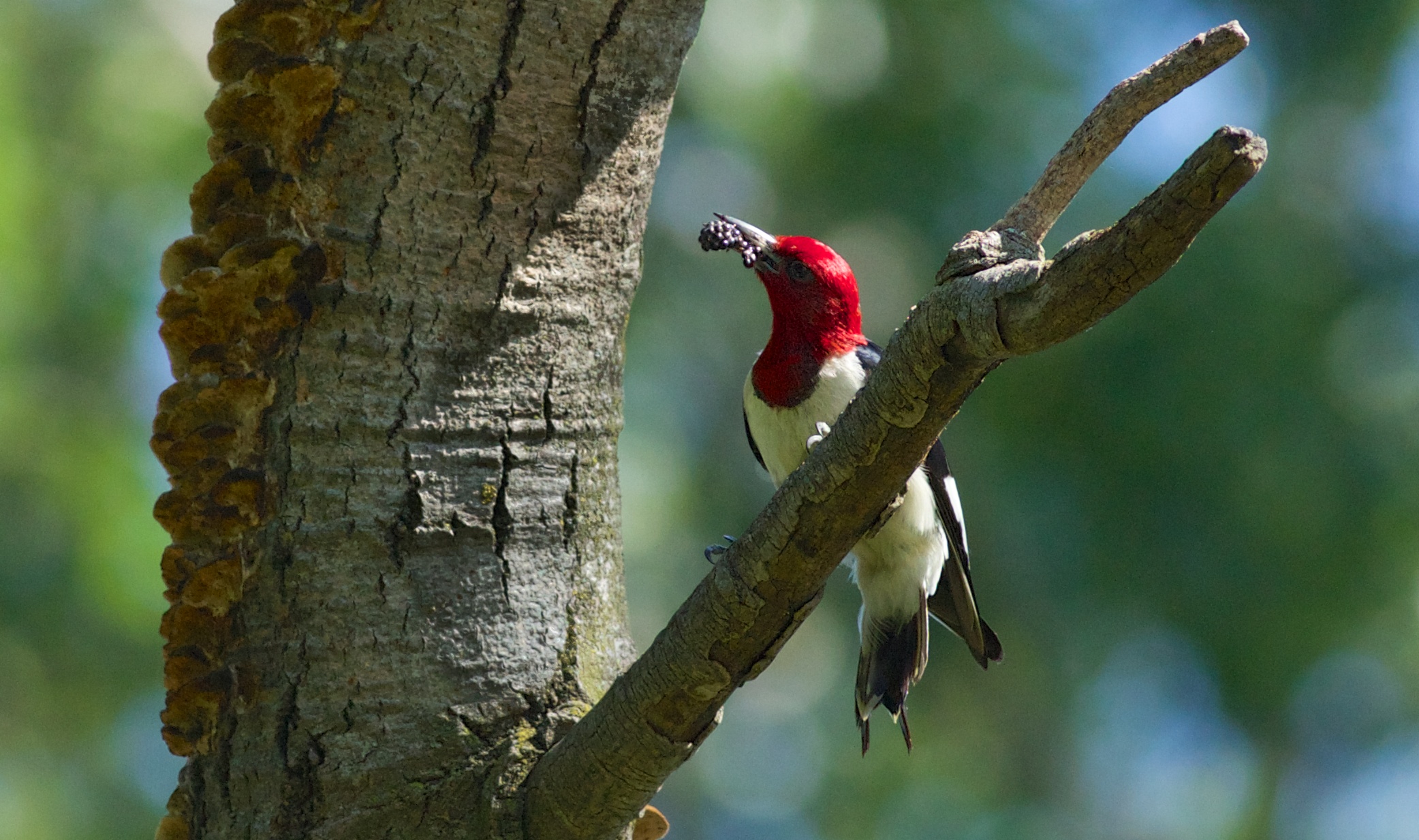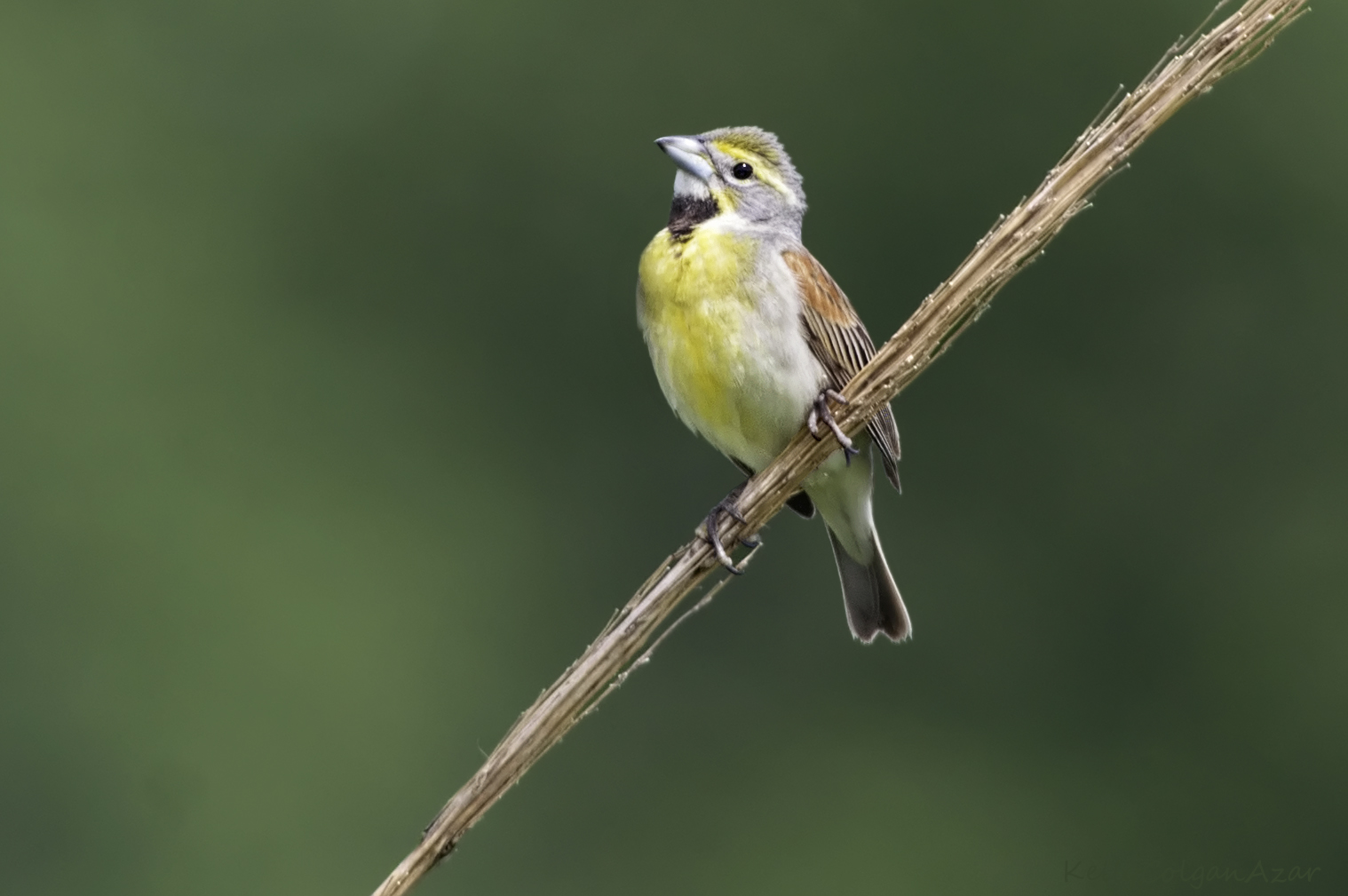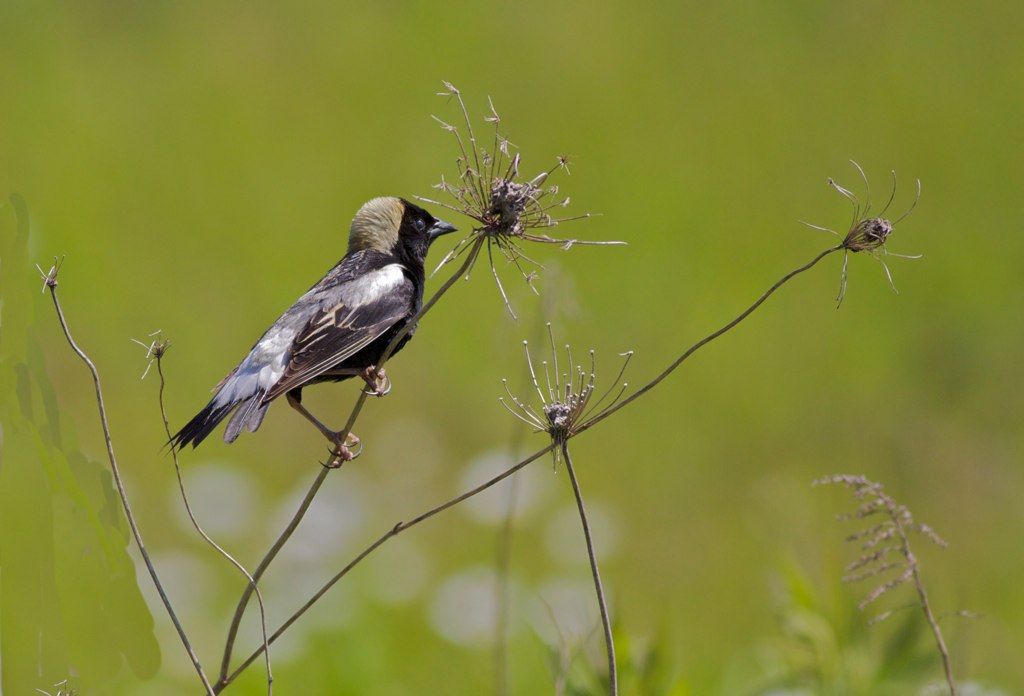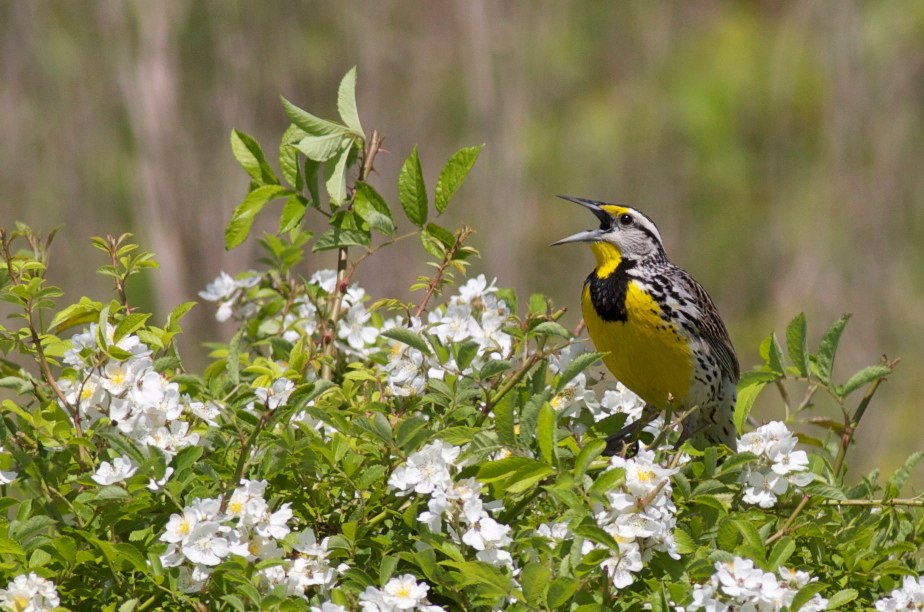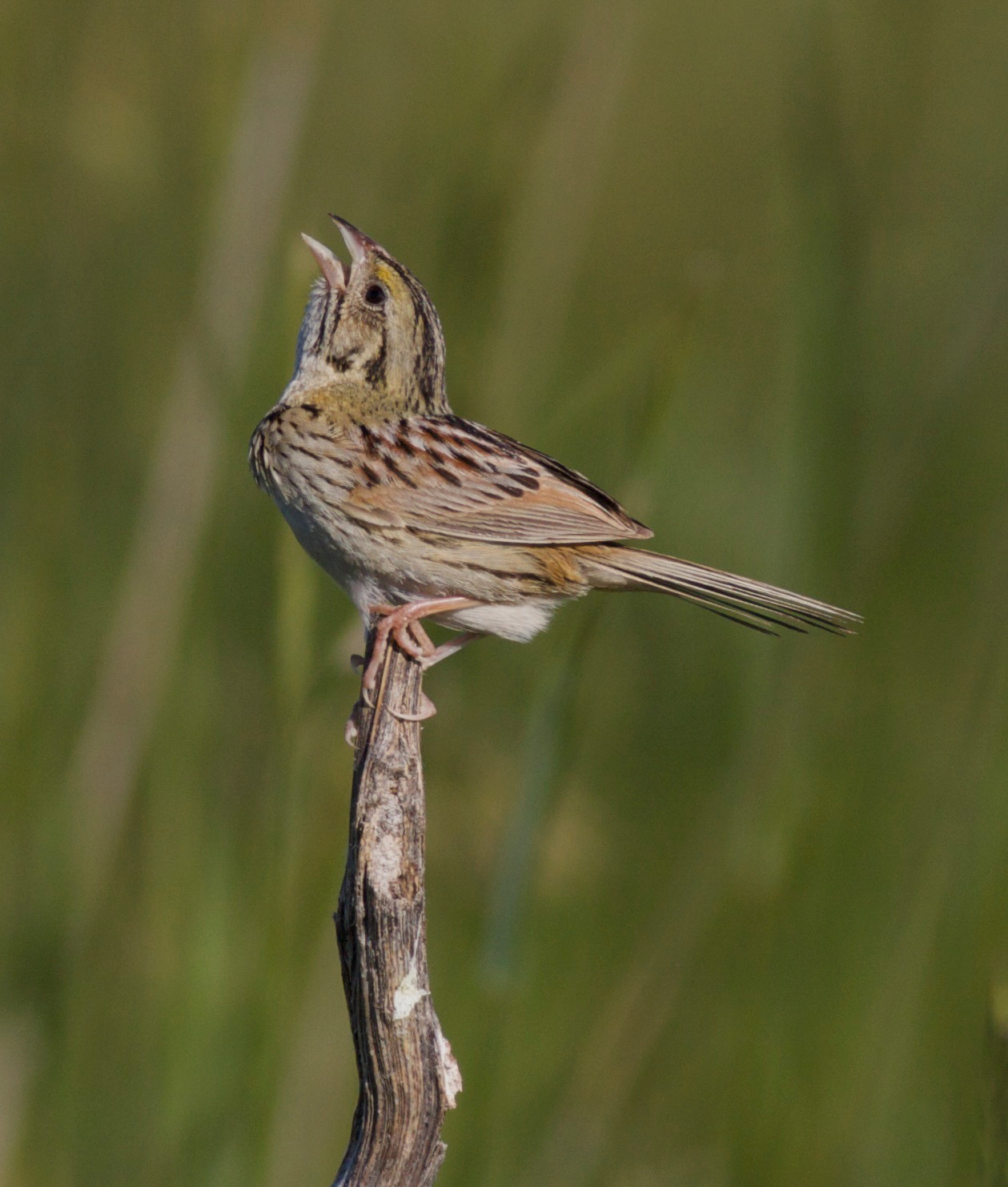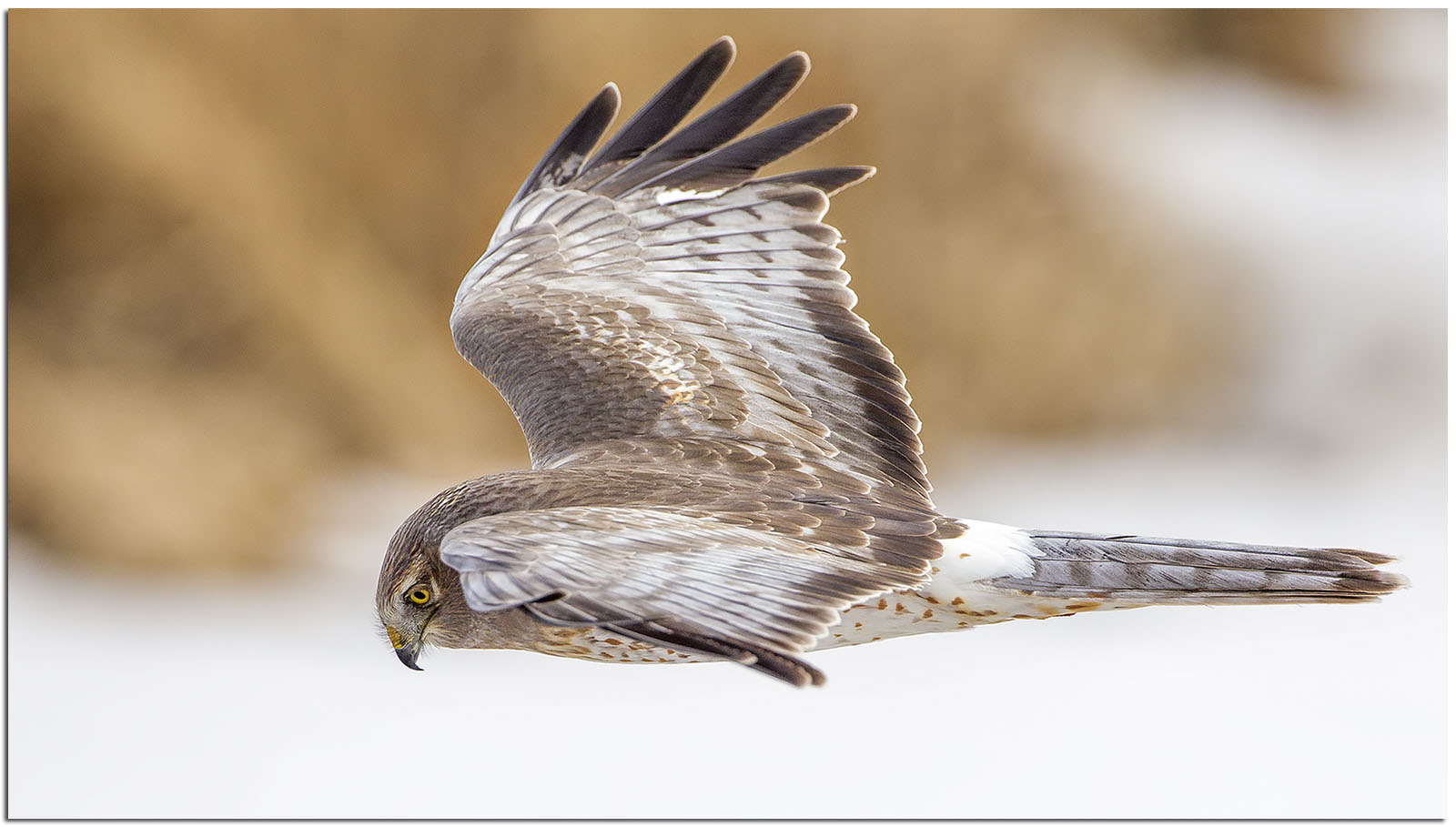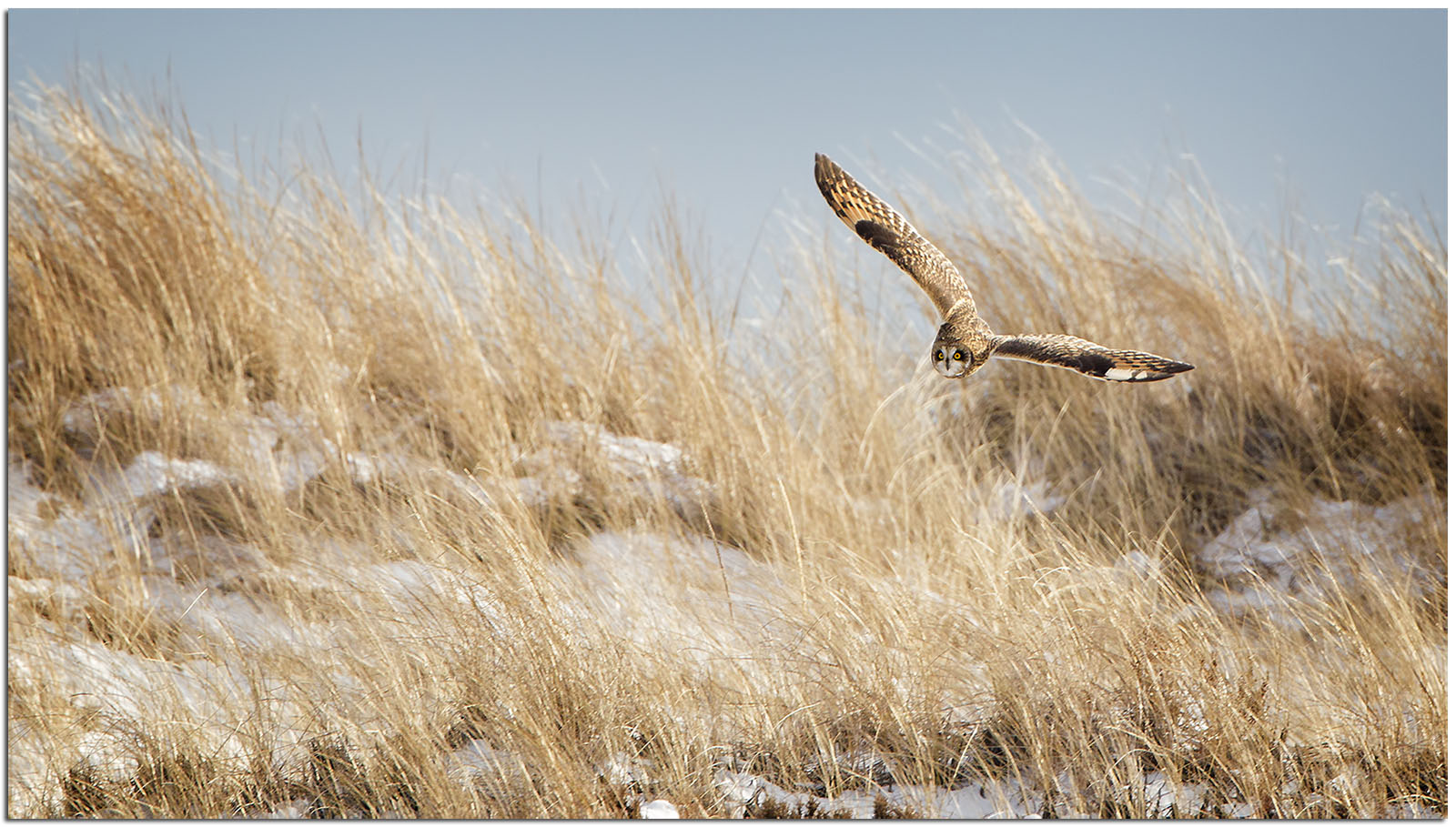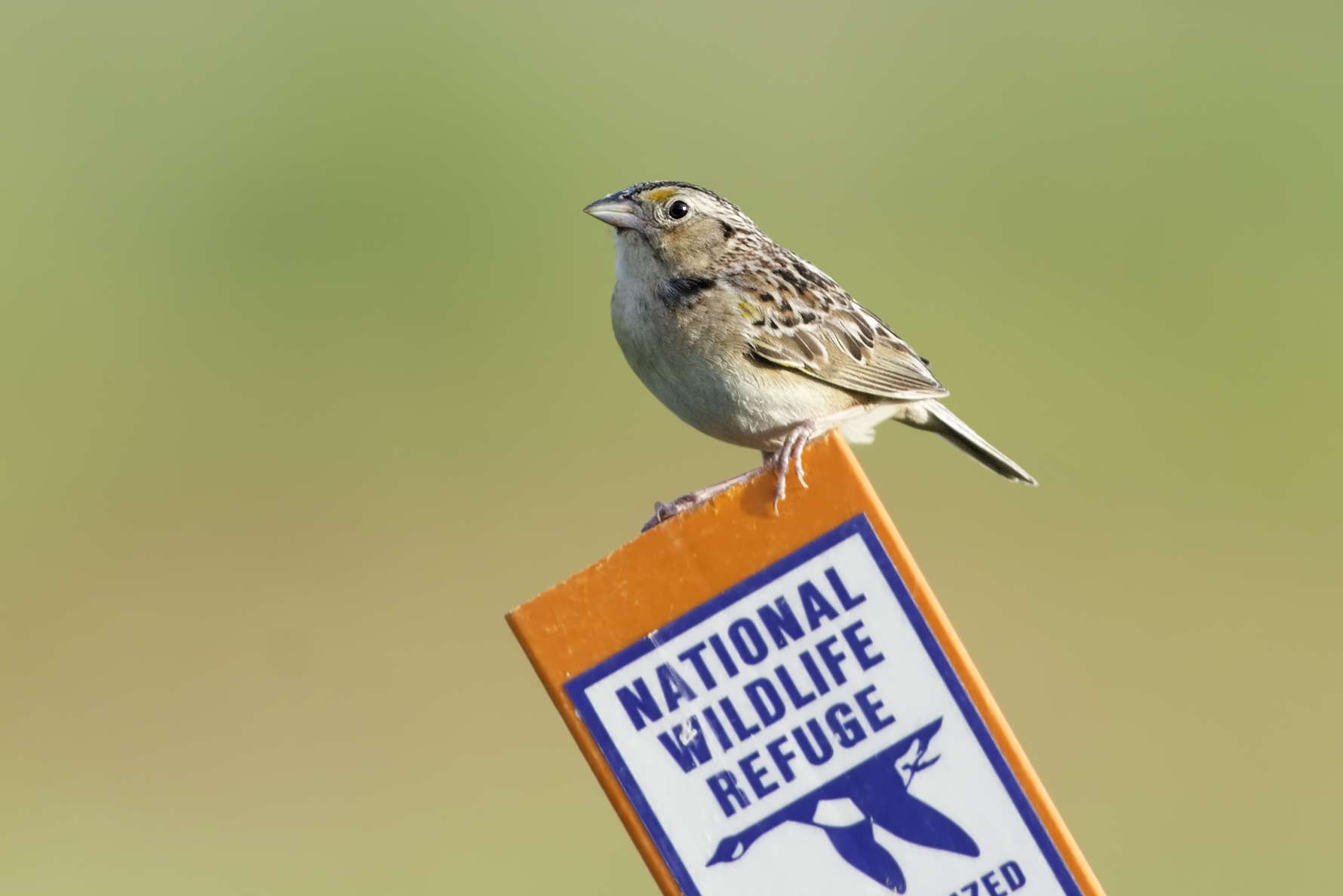Photo by Arlene Koziol
The red-bellied woodpecker, found in forested areas across Wisconsin, is a charismatic species and a year-round resident. The bird is commonly confused with the red-headed woodpecker, and eBird sightings are further confounded not only from the red-bellied woodpecker's red head, but also from its closeness in name, which can result in accidental identification.
Much more common than the red-headed woodpecker, the red-bellied woodpecker occupies a broad range of habitats, and over the continent its range has been increasing for quite some time. Range increases have been documented as early as 1910, and since the 1950's the bird has been pushing north at .85 degrees per decade and west at 1.06 degrees per decade. Interesting research from Jeremy Kirchman and Kathryn Schneider found that the bird's northern expansion has followed Bergmann's Rule, with larger-sized birds occurring in the northern latitudes. This is possibly due to a lower surface area to volume ration, which radiates less heat per unit of mass and is advantageous in a colder climate.
Photo by Arlene Koziol
The range expansion of the red-bellied woodpecker is likely the result of a warming climate, and the birds have moved north into areas previously too cold to occupy. Researchers from UW-Madison have found that certain habitats enhance overwintering survival of birds, as they must expend vast energy reserves when the temperature dips below zero. These habitats include urban forests and high elevation forests that are not entirely fragmented. The urban heat island effect influences the first, while cold pooling is thought to influence the second.
We can see the effect of cold pooling at Faville Grove, as cool air at night dips into the Crawfish River floodplain. On walks back to my house at Prairie Lane, the rise of the Lake Mills Ledge marks a distinct rise in temperature. These warmer microenvironments can provide refuge for those cold winter evenings and offer a stepping stone as a species advances north.
The female will typically lay 3-4 eggs, with breeding beginning in late winter. Males will hold a territory year-round, and are known to aggressively defend nests, though red-bellied woodpecker nests are often the victims of starling competition.
You can find these woodpeckers in the Lake Mills Ledge and Faville Woods year-round. Just remember, even though the red-bellied woodpecker has a red head, its barred black-and-white back is distinct, along with its red nape.
Written by Drew Harry, Faville Grove Sanctuary land steward






